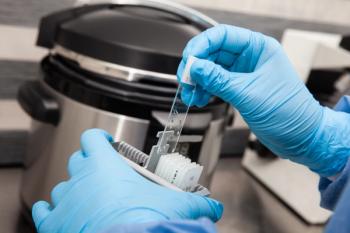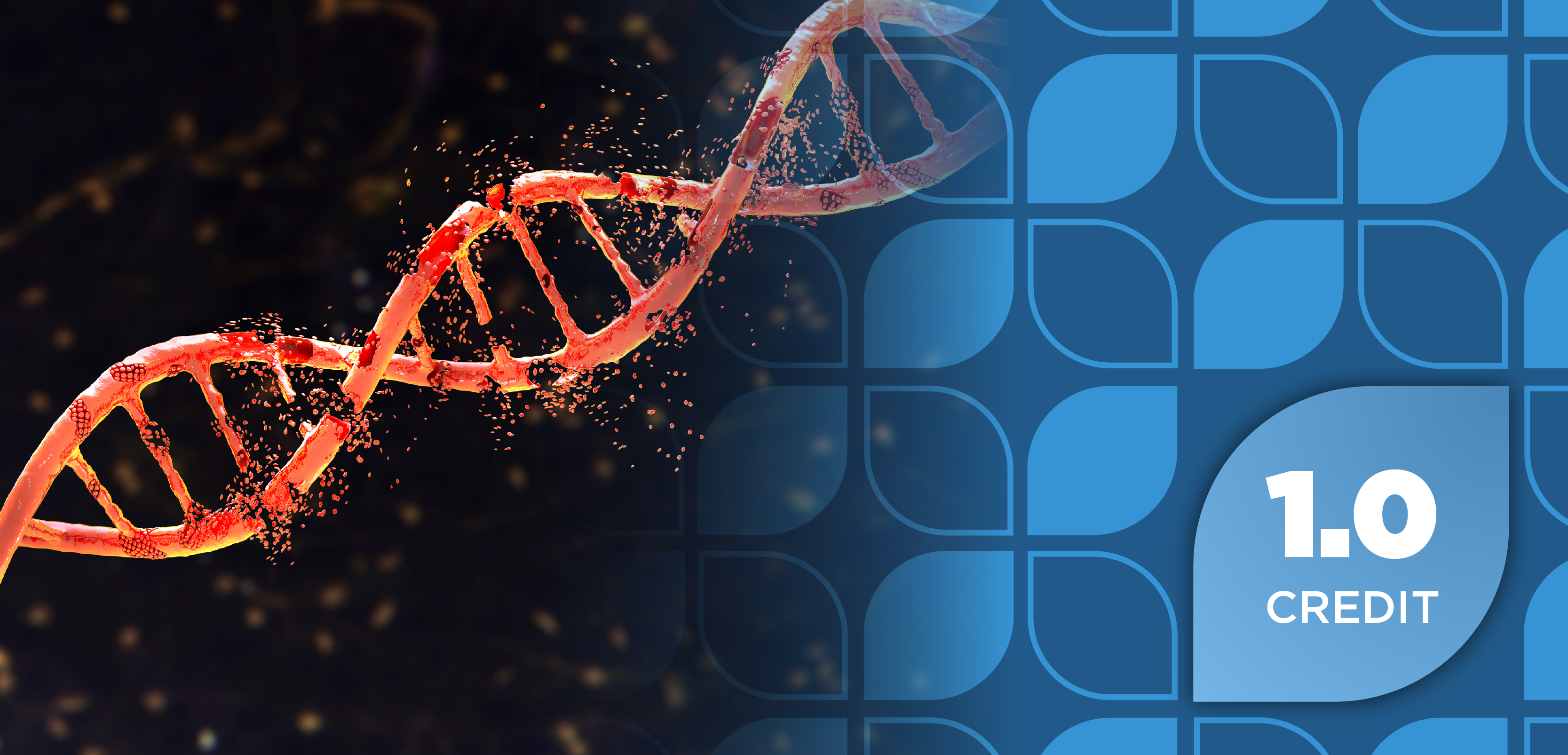
Chronic IVIG Therapy May Reduce Incidence of Cancer, Especially in Patients With CIDP
Key Takeaways
- IVIG is a critical option for managing autoimmune and neurologic diseases, with potential antineoplastic effects warranting further investigation.
- A study found a general cancer-reducing tendency in MG and CIDP patients treated with IVIG compared with those not treated with IVIG.
Intravenous immunoglobulin (IVIG) use over an extended period in patients with chronic inflammatory demyelinating polyneuropathy (CIDP) was potentially associated with a reduced incidence of cancer over time, although more research is necessary.
Investigators of a study published in Frontiers suggest that chronic treatment with intravenous immunoglobulin (IVIG) may reduce cancer incidence in patients with myasthenia gravis (MG) and chronic inflammatory demyelinating polyneuropathy (CIDP), supporting the continued use of IVIG as a core therapeutic option, especially in patients with a coexisting or suspected malignancy.1
Established in MG and CIDP, IVIG Could Play Role in Cancer
IVIG has been solidified in clinical practice as a critical option for managing patients with various difficult-to-treat autoimmune or neurologic diseases, infections, and immunodeficiencies. Extensive investigators have affirmed the efficacy of IVIG in a series of conditions, most prominently the autoimmune disorders MG and CIDP. Despite its efficacy, challenges are present regarding the use of IVIG, including high cost and difficult access. Still, the therapy warrants further investigation for its possible use in other areas, including neoplasms and malignancies.1,2
Preclinical trials have indicated IVIG-associated effects on IL-12 and NK activity, leading to antineoplastic responses. There have also been suggestions of the treatment acting as an antitumoral mechanism through activation of FcgR. Clinical evidence is mainly limited to case reports in which investigators pointed to specific data points to make the correlation with decreased tumoral activity. In one report, IVIG was linked with tumor stability and prolonged survival in a patient with metastatic melanoma. Regardless of these positive reports, it remains unclear whether IVIG can have a beneficial effect on patients with cancer, and there have been no large, controlled studies performed to further investigate the proposed relation.1,3
Given the “scattered and inconclusive” evidence on the matter, the current investigators sought to examine the influence of IVIG on cancer occurrence within groups of patients with MG or CIDP, arguably the 2 conditions that most commonly utilize IVIG. The authors compared cancer incidence in patients undergoing chronic IVIG therapy to those treated with other immunosuppressive methods, with the aim of better elucidating the possible antineoplastic effect of IVIG.1
Cancer Incidence Is Reduced in Patients With Chronic IVIG Exposure
The primary objective of the authors was to determine the change in cancer incidence in each of the CIDP and MG patient groups who were treated with chronic IVIG vs patients treated with no IVIG. A cancer diagnosis was counted if the diagnosis was made at least 1 year following the diagnosis of the autoimmune disease. A total of 425 patients in the MG cohort (IVIG group, n = 75; no IVIG, n = 350) and 102 patients in the CIDP cohort (IVIG group, n = 64; no IVIG, n = 38) were retrospectively identified and included in the analysis.1
Cancer incidence within groups between cases that were exposed to IVIG vs nonexposed in each of the diseases was compared. For patients in the IVIG-MG cohort, the total number of cancers diagnosed following the diagnosis of MG was 12 of 75 (16%), vs the non-IVIG-MG cohort with 87 of 350 (25%) patients (OR, 1.5; 95% CI, 0.89-2.69; P = .09). When excluding only minor cases of MG, the cancer incidence in the non-IVIG-MG group increased to 72 of 250 (28.8%) patients, proving statistically significance compared with the incidence in the IVIG-MG group (12 of 75; 16%).1
Regarding CIDP, the total number of cancers appearing following the diagnosis of CIDP for patients on chronic IVIG was 6 of 59 (10%), and 9 of 34 (24%) for non-IVIG-CIDP patients. When combining cancer rates from patients with CIDP and MG, there is a general cancer-reducing tendency observed, though it is not statistically significant. The risk ratio was 1.228 (95% CI, 0.97–1.55), indicating a higher cancer risk in patients not exposed to IVIG, according to the investigators.1
Furthermore, the investigators utilized a logistic regression analysis to investigate the protective effect of IVIG exposure. The analysis pointed to a negative coefficient for IVIG exposure (-0.03, P = .004), which implied that as the time from diagnosis of CIDP or MG increases, the likelihood of developing cancer decreases in IVIG-treated patients, suggesting that prolonged IVIG exposure could reduce cancer risk.1
“Although newer biologic agents are increasingly used for their targeted mechanisms, our findings support the continued use of IVIG as a core therapeutic option—particularly in patients with coexisting or suspected malignancy,” the authors wrote in their conclusion. “These results provide new insight into the potential dual role of IVIG in both immunomodulation and cancer risk reduction in chronic autoimmune neuropathies.1
REFERENCES
1. Khateb M, Bahous E, Zant MA, Shelly S. Malignancy in neuromuscular patients on chronic IVIG. Front Neurol. 2025;16. doi:10.3389/fneur.2025.1571160
2. Dalakas MC. Mechanism of action of intravenous immunoglobulin and therapeutic considerations in the treatment of autoimmune neurologic diseases. Neurology. 1998;51(6):S2-S8. doi:10.1212/WNL.51.6_Suppl_5.S2
3. Shoenfeld Y, Levy Y, Fishman P. Shrinkage of melanoma metastases following high dose intravenous immunoglobulin treatment. Isr Med Assoc J. 2001;3(9):698-699. PMID: 11574990. Accessed June 27, 2025. https://pubmed.ncbi.nlm.nih.gov/11574990/
Newsletter
Stay informed on drug updates, treatment guidelines, and pharmacy practice trends—subscribe to Pharmacy Times for weekly clinical insights.


























































































































































































































